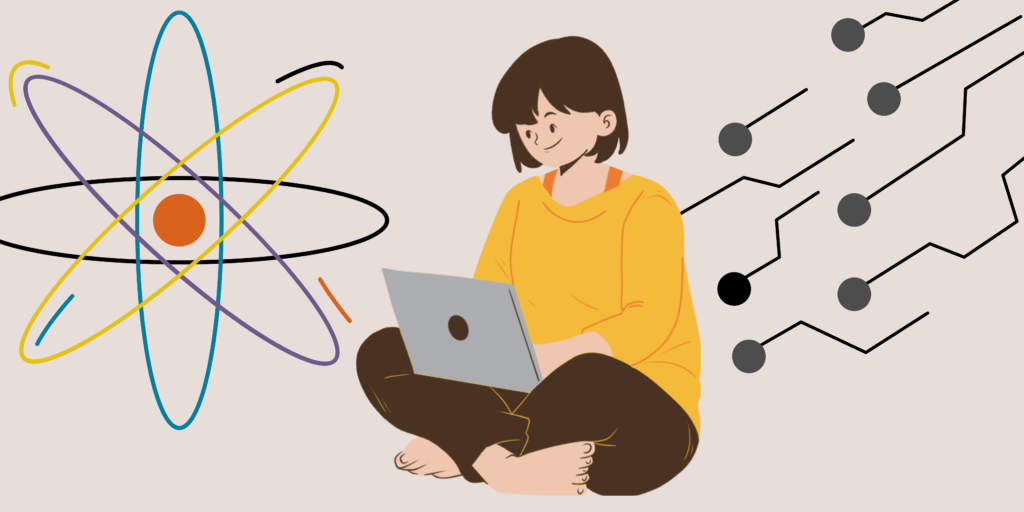What is overfitting in data science?
Overfitting is like memorizing a book instead of understanding the concepts. In data science, it happens when a model learns the training data too well, including its noise and details that don’t really matter.
Why is overfitting bad for a model?
Overfit models may work perfectly on training data but struggle with new data. It’s like acing a practice test but failing the real one because you memorized specific questions instead of grasping the subject.
How can you explain overfitting to someone without a technical background?
Think of training a dog. If you teach it too many tricks using the same people and places, it might struggle to perform those tricks in new situations. Overfitting is a bit like that – the model becomes too specific to the training examples.
What causes overfitting in a data science model?
Overfitting can happen if your model is too complex, trying too hard to fit every detail in the training data. It’s like using a magnifying glass to read a book; you might see every word, but it’s not the most efficient way to understand the story.
How do you know if a model is overfitting?
You can suspect overfitting if your model does amazingly well on the training data but poorly on new data. It’s like a student who aces all the practice exams but struggles on the actual test because they didn’t really learn the material.
What’s the bias-variance tradeoff, and how does it relate to overfitting?
Imagine shooting hoops. If you shoot too close to the basket (high bias), you might always make the shot but never hit harder ones. Shoot too far (high variance), and you’ll miss more often. Overfitting is finding the right balance.
How can we prevent overfitting in a data science model?
Regularization is like having a coach guiding the player during practice. It keeps the model from being too detailed and helps it generalize better to new situations.
Can having more data help avoid overfitting?
Yes, having more data is like practicing with different teammates. It gives the model a broader experience, making it harder to memorize specific examples and improving its performance on new data.
What is early stopping, and how does it relate to overfitting?
Early stopping is like ending a game when you’re winning by a lot. In data science, it means stopping the training process when your model starts getting too good at the training data but might not do well on new data.
How would you explain overfitting using a real-world analogy?
Think of buying shoes. If you buy shoes that exactly match your foot shape (overfit), they might be uncomfortable when you wear thicker socks or share them with someone else. It’s better to find shoes that generally fit well (avoiding overfitting).
